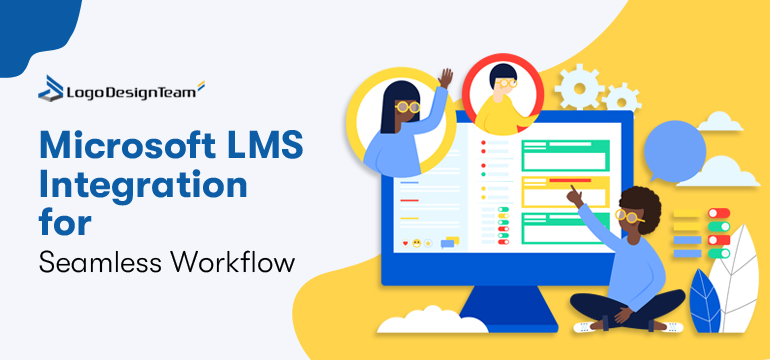In the world of educational technology today, a Microsoft LMS integration is an integral part of a dedicated solution that ensures a seamless workflow for educators and learners. It improves the overall learning experience by linking together tools and resources, providing effective integrated systems that enhance productivity and engagement.
This article will guide you through the advantages, characteristics, and possible implementations of Microsoft integration with an LMS. A Microsoft LMS solution can transform how educational institutions operate and deliver content to their students.
Enhancing Learning Environments
Microsoft LMS integration helps educators complete administrative tasks faster, giving them more time to teach. Teachers can save time by managing assignments, grading, and feedback effectively. Moreover, this assists in providing learners with resources and tools to support interactivity and collaboration.
Streamlining Administrative Tasks
Many times, administrative burdens take up a lot of time and effort. Microsoft LMS integration makes all these tasks relatively easier. Using it, teachers can perform things like attendance and grade management automatically. This allows teachers to spend more time focused on creating lessons that are engaging and less on manual work. This change not only makes teaching better but also makes the students more successful.
Facilitating Communication and Collaboration
Any educational environment relies heavily on effective communication. When Microsoft tools are integrated with an LMS, they provide powerful communication channels. Through chat, video calls, and forums, educators and students can be connected. The integration of these features promotes a dynamic environment that enables engagement, collaboration, and conversation. It also fills in the disconnect with remote learning, keeping everyone connected.
Accessing Diverse Resources
One of the significant benefits of integrating with Microsoft LMS is the accessibility of resources. Students are provided with a variety of content, ranging from documents and videos to interactive quizzes. It accommodates different learning styles, which makes education more inclusive. Teachers can also curate and share resources easily, fostering personalized learning pathways. According to Microsoft’s education research, integrated platforms significantly improve resource accessibility and student engagement rates.
Enhancing Student Engagement
Student engagement is vital for learning. Microsoft LMS integration provides tools that can facilitate interactive activities. Collaborative documents and real-time feedback facilitate interaction. Students can collaborate on projects, exchange ideas, and receive real-time support. It motivates learners and ensures they remain invested in their education.
Ensuring Data Security and Privacy
In educational places, data security is important. When incorporating Microsoft tools with an LMS, sensitive data is secured at multiple levels. By using encrypted storage of data and secure access controls, teachers and institutions can protect personal information. Such security allows all users to feel confident and safe, creating a comfortable environment to learn.
Simplifying Technical Support
Technology can sometimes pose challenges. But in the case of Microsoft LMS integration, it becomes easy for administrators to receive technical support. Troubleshooting is easier with unified systems. Centralized support channels help educators and students get help and reduce downtime. They can readily get assistance whenever they need it, preventing technical problems from becoming obstacles to learning.
Customizing Learning Experiences
One of the biggest advantages of integrating Microsoft tools with an LMS is customization. This helps educators provide more personalized learning experiences. Teachers can tailor their teaching methods based on created content to suit individual learning styles. They can be customized for each student and create personalized learning experiences that translate to more student engagement and better educational outcomes.
Implementing Integration Strategies
Successful integration requires thoughtful planning. Institutions can get started by assessing their needs and objectives. Choosing the appropriate tools with compatibility to current systems is key. Training staff on these new technologies is important. With a sound strategy, schools can gain all the advantages of integration and create a more effective learning environment.
Conclusion
The advantages of Microsoft LMS integration are plentiful for both educators and learners. It revolutionizes education by simplifying tasks, facilitating communication, and providing access to various resources. It becomes even more attractive because you know that the data is secure and that it will be easier to provide technical support. By providing unique learning opportunities, institutions willing to incorporate this integration can offer a more systematic, engaging, and secure learning atmosphere. This approach not only caters to current educational needs but also prepares students for future challenges.



